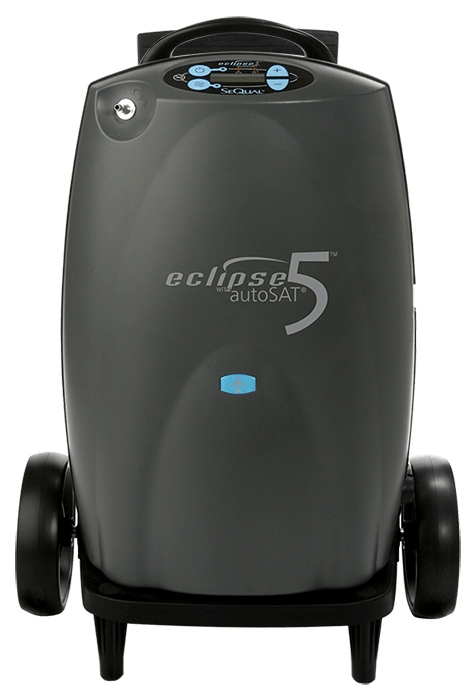[Last updated June 28, 2024]

With all the senior living options out there, navigating the ever-changing landscape can be overwhelming. As an increasingly popular senior living option, independent living combines the best of many worlds, allowing residents to live on their own while taking advantage of various amenities, conveniences, and community offerings in a thriving social environment. Read on to explore more about independent living and why it might be the best senior living solution for you or your loved one.
Overview of senior independent living
Like conventional senior housing, independent living is designed for seniors who can still live independently but desire to simplify their lifestyle and have access to a communal setting with convenient amenities and services. Unlike conventional senior housing, which typically provides only apartments as living spaces, independent living residents can often choose from various housing options, including apartments, townhomes, cottages, or even single-family homes, depending on the development. Independent living communities also typically offer more luxurious amenities and spaces than senior housing.
It’s important to note that neither senior housing developments nor independent living communities provide the personal care services or medical assistance you’ll find in assisted living facilities or nursing homes. Independent living typically comes in two main formats: as stand-alone housing developments or in senior living facilities that offer multiple care levels to cater to each resident’s needs.
Primary features of independent living communities
Independent living communities offer a wide array of services and amenities to enhance residents’ quality of life and well-being. In addition to housekeeping, grounds upkeep, recreational facilities, transportation services, fitness programs, social activities, dining options, and 24-hour emergency response systems, many communities also provide on-site wellness programs such as fitness classes, health screenings, and wellness seminars.
Additional benefits for residents include organized social events, hobby groups, and outings to local attractions, which foster a sense of community and camaraderie. However, personal care assistance, medication management, and skilled nursing care are typically not provided in independent living communities — factors that distinguish independent living from other senior housing options like assisted living and nursing homes.
The two main types of independent living communities
As mentioned earlier, there are two main types of independent living communities: stand-alone developments and independent living sections integrated into a residential care facility setting.
Stand-alone independent living communities typically offer one or more types of housing units, such as apartments, cottages, townhomes, or single-family homes, where residents live independently with access to communal amenities and services. These stand-alone communities offer a heightened sense of privacy and autonomy, allowing residents to remain independent and lead active lifestyles while enjoying social activities and amenities.
Conversely, some independent living units are integrated into more extensive senior care facilities that offer multiple levels of resident care, known as continuing care retirement communities. In these settings, residents have the option to access a continuum of care services ranging from independent living to assisted living and skilled nursing care. This model provides a seamless transition for residents as their care needs evolve, allowing them to age in place gracefully within the same community.
In a nutshell, stand-alone communities focus solely on independent living with minimal care services. In contrast, integrated senior living facilities offer a range of care options to meet the changing needs of residents over time. Both housing options strive to enhance the quality of life for seniors by providing a supportive and engaging environment tailored to their individual preferences and requirements.
Who is the ideal candidate for independent living?
The ideal independent living candidate is a senior who values their independence but desires a community setting with social opportunities and convenient amenities and services. While eligibility requirements may vary by community, prospective residents should generally be able to perform activities of daily living (ADLs) without assistance. Older adults who prefer social interaction, maintenance-free living, and an enriching lifestyle are well-suited for independent living.
How much does independent living cost?
The cost of independent living can vary depending on several factors, including location, residence size, amenities, and services offered. According to the National Council on Aging, monthly costs for independent living communities can range from $1,700 to $5,000 or more. As a result, seniors must consider their budget and financial resources when exploring independent living alternatives.
Independent living payment options
Seniors have some payment options for covering the costs of independent living. Paying with private funds is common, such as retirement income and other methods. Many decide to sell their home, which they move from when they become independent living residents. They can use the proceeds from the sale of the home to fund the monthly expenses of the independent living community. Should the move need to happen immediately, many seniors can qualify for a bridge loan, which can help cover move-in costs and immediate expenses while their home sells.
Seniors have other payment options that can help cover the costs of independent living. Using Long-term care insurance may be an option in some cases. This type of insurance product can help offset some personal care costs an older adult might incur while in independent living. In order to make a claim, the policyholder must meet health qualifications, including requiring help with multiple activities of daily living, so this option is only available to individuals who meet the criteria.
The U.S. Department of Veteran Affairs (VA) offers benefits to eligible Veterans and spouses, such as the Aid and Attendance benefit. This is a program that requires recipients to meet multiple criteria, so only qualifying individuals will have this option.
Final thoughts about independent living for seniors
As an increasingly popular senior living option, independent living offers older adults a safe, supportive, and engaging environment where they can maintain their independence while enjoying a range of amenities and services tailored to their needs. With various price points and housing options available, most seniors can find an independent living solution that suits their preferences and financial situation.
Independent living offers a vibrant and fulfilling lifestyle for older adults seeking a community-focused living experience, allowing them to age in place gracefully with minimal assistance. Understanding the various independent living benefits, types, costs, and payment options empowers seniors to make better-informed housing decisions — ones that support their active lifestyles as they live out their golden years with dignity and respect.








